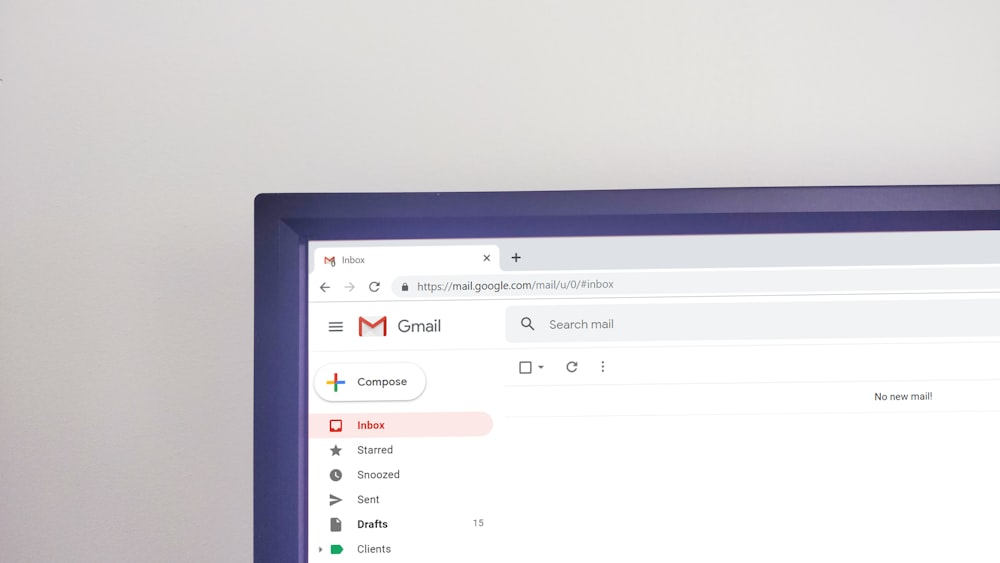Many factors contribute to the success of an email marketing campaign, including its timing. Timing plays an integral part in its effectiveness.

Draw attention with an attention-getting subject line, then keep the content concise. Too much information may confuse users; confused readers won't buy.
Segmentation
Email marketing has proven itself one of the most successful means of brand promotion, with segmentation playing an essential role. A successful campaign will tailor messages specifically to each group within your audience segmentation; when done poorly however, results can be disastrous.
Segmentation is the practice of subdividing an email list into distinct groups based on specific criteria or common characteristics, with the aim of providing each subgroup with content relevant to its interests, needs, and preferences. This strategy helps brands build trust with subscribers while simultaneously driving conversions.
Email segmentation typically takes the form of geographical targeting; for instance, retailers might send emails to people living in various countries based on their purchase history. Another strategy involves segmenting lists based on behavior; if someone adds items to their online cart but decides not to purchase them later on, companies could send out timely cart recovery emails as part of recovery strategy.
Email segmentation is also essential because it enables marketers to improve their open rates. A good open rate ranges between 17-28% depending on industry; to increase it further, experiment with various elements of your campaign such as subject lines, header images and CTA button copy - testing one variable at a time can help determine which changes have the greatest effect on campaign performance.
Subject lines that include personal pronouns and names will increase open rates, while subject lines that begin with "FWD:" or "Re:" could be seen as spammy. Furthermore, tracking performance metrics regularly will allow you to detect trends as well as areas for improvement in your campaign.
Engaging your target audience is of utmost importance, which is why writing compelling copy that resonates with them is key. Additionally, surveys and polls can be used to gather feedback from them that will enable you to develop dynamic customer segments.
Personalization
Personalized emails create an experience where recipients feel like the email was specifically addressed to them and demonstrate businesses understanding their needs and preferences. Emails tailored specifically for each subscriber are more likely to grab their attention, encourage engagement, and drive conversions - yet effective personalization requires an in-depth knowledge of your audience's individual interests, demographics, behavioral patterns (such as what types of content they like most frequently or when they spend most of their online time), motivations/goals of each recipient as well as what makes them stand out amongst other subscribers). Once this understanding has been gained it's possible to develop a tailored email strategy that connects with your subscribers - while ultimately increasing conversions!
Subject lines are the first thing email recipients see when opening emails, making it important that they stand out. By including the recipient's name or referencing a specific interaction with your business in the subject line, you can increase its likelihood of being opened and build trust while increasing brand loyalty.
Personalization can take various forms, from using subscribers' names to sending tailored product recommendations based on browsing or purchase history. An email highlighting items added to an abandoned cart can encourage customers to return, leading to higher sales overall.
A/B testing can be an invaluable way to gauge the success of personalized email campaigns. When conducting these tests, however, be mindful to test only one variable at a time as too many changes might cause confusion for readers and make it hard to identify which elements work well. Furthermore, track and analyze results so you can continue improving over time.
An effective customized email campaign requires careful planning and execution, avoiding common pitfalls along the way. By tailoring it specifically to your audience and testing different forms of dynamic content, you can craft emails that are more likely to convert. Remember to segment your target demographic, utilize dynamic content creation methods, test to improve open rates, click-through rates, revenue growth. As you experiment with email marketing campaigns more, your skills at personalization will grow as your customers experience your emails more directly.
Read also: Automated Email Campaigns That Work Best
CTAs
CTAs (call-to-actions) are one of the key elements of an email campaign, telling subscribers exactly what you expect them to do next and can make or break its success. Effective CTAs use FOMO to encourage clicks; additionally they must relate directly to the content in your email, as well as being relevant and including links back to your website or other social media channels.
CTAs should also be prominently displayed in your emails; emails that feature one, prominent CTA gain 300x more clicks than those with multiple or no CTAs at all. But it's important to avoid generic language like "shop sale" and "order now", which have become overused and will likely be disregarded by your audience. Instead, create unique CTAs that align with both your business goals and the desires of your target audience - for instance Backcountry starts its emails by asking their subscribers "Are you ready to find your own backcountry?" and builds upon that theme throughout each email campaign.
Finally, your CTA should be easy for subscribers to locate on all devices and easy for them to click. In an ideal world, subscribers should see it as soon as they open your email; using bold colors and larger font sizes can help your CTA stand out within an email, while placing it near the bottom or right side can maximize its visibility.
When creating an email campaign, it's essential that you take into account the needs and interests of your target audience. Personalization, segmentation and email design techniques can help create more tailored emails that resonate with them.
Your email should contain an unsubscribe option to ensure you're not spamming subscribers with unwanted emails, and give subscribers an easy way to reach you with questions or complaints. By including this feature, trust will be established between yourself and subscribers while increasing credibility for both brands and customers alike. Plus, by creating an email drip campaign that sends regular updates or promotions directly to customers' inboxes - your ROI could significantly increase as well!
Design
Design of emails is one of the key determinants in their readability and clickthrough rates, especially those sent out in bulk such as new subscriber lists or to existing customers who have made a purchase. They must be easy to read on mobile devices while conforming with brand standards for instant recognition as coming from your business. This is particularly essential when sending to groups, such as new subscriber lists or existing customers who have made recent purchases.
Images used in marketing emails must also be suitable, and should not exceed 800 pixels wide. Furthermore, including descriptive alt text allows the email to be read by those with visual impairments. Animated GIFs can create an entertaining and engaging customer experience but beware not to overdo it as too many can cause loading issues and distract the reader.
An engaging subject line is key to any successful email campaign. Not only should it reflect what's inside, but its accuracy should be transparent as well. For instance, using FWD: or RE: can cause subscribers to open it thinking that it is intended for forwarding or replying which can ultimately result in frustration and unsubscription from your list.
Email content must be informative and engaging, written with an approachable tone that makes the reader feel like they're speaking directly with someone they trust rather than an automated salesperson. This method of writing has proven more successful in building connections between customer and vendor while creating trust between both sides.
Track and monitor the results of your email campaign carefully to assess its success. By tracking metrics such as unsubscribes and spam complaints, you can ascertain whether your campaign is meeting its goals. If it's not meeting them well enough, adjustments might need to be made either with its content or strategy.
More article in our blog: traficana.com.











